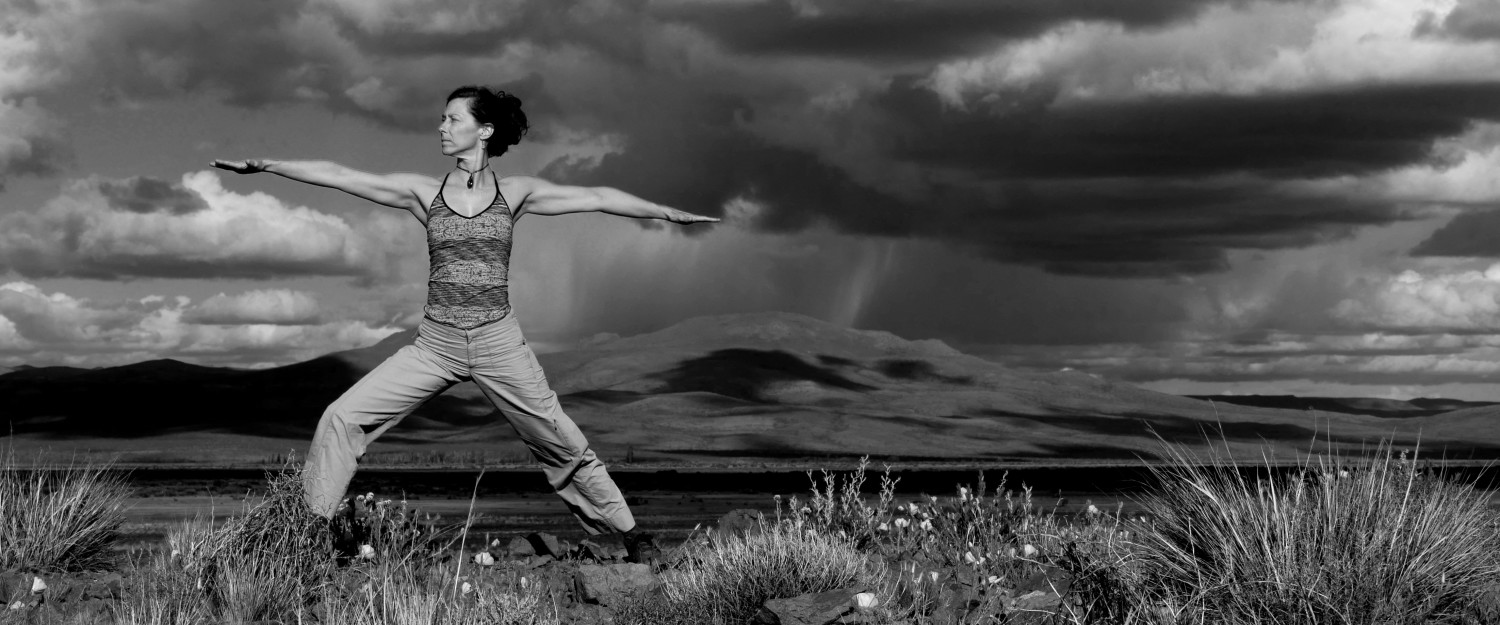Imagine this. You’re listening to your favorite James Taylor song while steering onto an on-ramp to the mid-Cape highway. Are you with me so far? It’s time to merge and as you press the gas, the driver in front of you stops completely. You slam on your brakes, hoping the driver behind you stops too. Your blood pressure soars. After the car in front of you finally speeds up and merges, you do the same except you immediately slide over to the left lane. Still furious, heart pounding, you zoom up next to the car and the finger comes out of its holster. What was that car thinking? That bonehead maneuver could have caused an accident! As you glare through the driver’s window, the little old lady driving next to you gazes back and notices your gesture in horror. Your reaction was directed at a car, but it landed squarely on a person.
It’s not okay. You harmed someone.
As mentioned in the previous blog post, there are eight Limbs of Yoga. The first Limb of Yoga is the collection of Yamas (translated from Sanskrit as “restraints”). Yamas define Yoga’s ethical practice and provide direction to a joyful life. There are five Yamas. The first Yama is called Ahimsa, which translates to ‘nonviolence’.
This Yama obviously addresses acts of physical harm, such as murder or assault. However, Ahimsa also covers acts which are subtle and much more widespread–for instance, as demonstrated in the above example, harm caused to others through our gestures or words. When we practice nonviolence, we refrain from causing distress by thought, word, or action to any living creature.
Nonviolence, or Ahimsa, is the root of all other ethical precepts. If we do not have this foundation, everything else we do is precarious.
Demonstrating complete nonviolence is not easy in the modern world. Consistently achieving it requires a very unusual combination of proficiencies: compassion, self-love, and fearlessness. Our practice of Ahimsa increases as we learn to navigate everyday life by noticing, then addressing, things that tend to trigger violent reactions. The stronger our character and the more self-aware we become, the more peaceful and ultimately effective we are in the world.
Understanding where someone is coming from, the ability to see a circumstance or event through another’s lens, is a key component of realizing Ahimsa. Sometimes this creates compassion, sometimes not. However, just being able to understand how another views a particular situation provides the ability to deal with it rationally.
Let’s recall our on-ramp situation; perhaps the other driver felt more comfortable stopping, then gazing back into flow of traffic to be sure she could safely merge? Perhaps she did not consider that by coming to a dead stop, she might get rear ended. Perhaps something went awry with her car; such as the engine stalling or transmission slipping?
So, next time you feel the urge to lash out at someone, remember to exercise compassion. Take deep breaths, relax, and imagine viewing the situation from another vantage point.
Ponder this thought from a young holocaust victim, Etty Hillesum:
“Ultimately we have just one moral duty: to reclaim large areas of peace in ourselves, more and more peace, and to reflect it towards others. And, the more peace there is in us, the more peace there will also be in our troubled world.”

